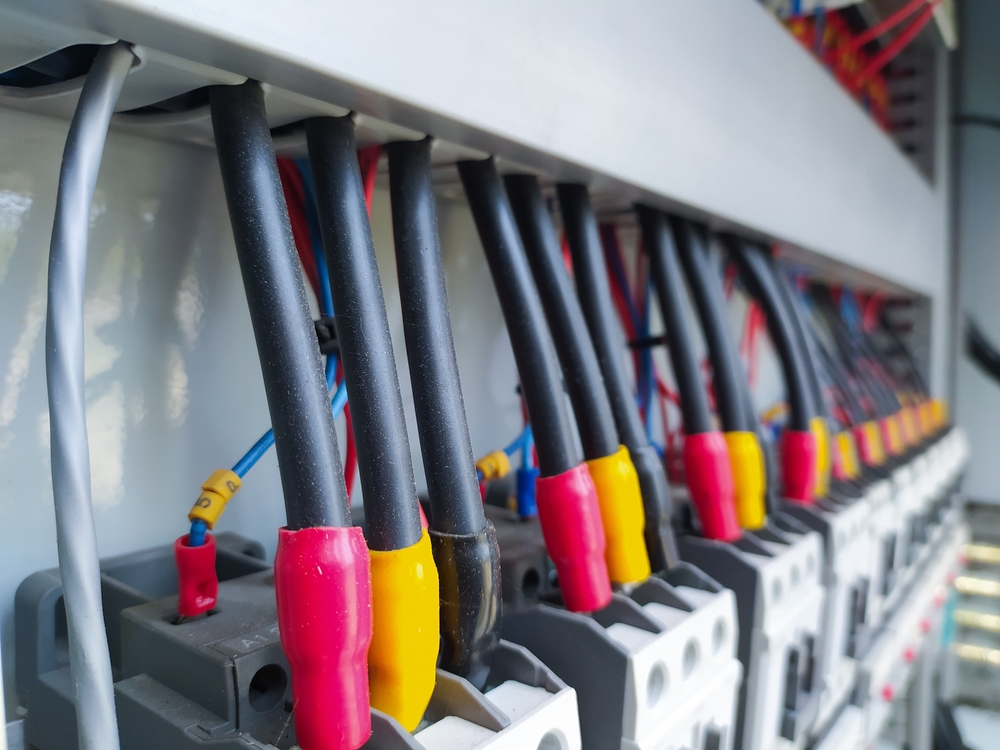Meeting load voltage or power requirements involves careful planning, proper system design, and the use of appropriate equipment. Whether you’re dealing with a small electrical system or a larger power distribution network, here are some general guidelines to help you meet load voltage or power requirements.
- Load Analysis:
- Conduct a thorough analysis of the electrical load to understand its characteristics, including voltage, current, power factor, and load profile. Identify peak loads, transient loads, and any specific requirements for sensitive equipment.
- Voltage Regulation:
- Implement voltage regulation measures to maintain the voltage within acceptable limits. This may involve using voltage regulators, tap changers, or other voltage control devices to compensate for variations in the load.
- Proper Sizing of Equipment:
- Ensure that all electrical equipment, including transformers, generators, and switchgear, is appropriately sized for the expected load. Undersized equipment can lead to voltage drops and power quality issues.
- Balancing Loads:
- Distribute loads evenly across phases in a three-phase system to prevent imbalance. Imbalances can result in uneven voltage levels and increased losses in the system.
- Power Factor Correction:
- Improve power factor if it is below acceptable levels. Power factor correction devices, such as capacitors, can be used to reduce reactive power and improve system efficiency.
- Use of Voltage Stabilizers:
- Consider installing voltage stabilizers to maintain a stable output voltage, especially in areas where the grid voltage is prone to fluctuations.
- Backup Power Systems:
- Install backup power systems, such as generators or uninterruptible power supply (UPS) units, to ensure a continuous power supply during grid outages or other disruptions.
- Energy Storage Systems:
- Integrate energy storage systems (e.g., batteries) to store excess energy during periods of low demand and release it during peak demand, helping to balance the load and stabilize voltage.
- Grid Connection and Interconnection Standards:
- Adhere to grid connection and interconnection standards to ensure that your system complies with regulatory requirements and operates harmoniously with the broader power grid.
- Load Shedding Strategies:
- Develop load shedding strategies to prioritize critical loads in the event of power shortages. This involves disconnecting non-essential loads to maintain power to essential equipment.
- Monitoring and Control Systems:
- Implement advanced monitoring and control systems to continuously assess the status of the electrical system. Automated control systems can make real-time adjustments to voltage levels and manage load distribution.
Meeting load voltage or power requirements is a multifaceted task that involves a combination of technical solutions, strategic planning, and ongoing maintenance. Tailor your approach based on the specific characteristics and demands of your electrical system and load profile.


